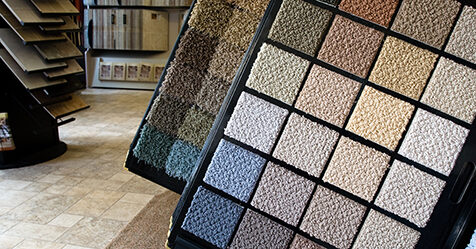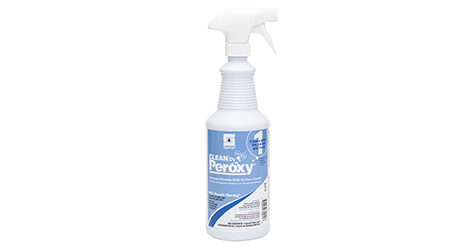Mohawk Carpet makes the lion’s share of triexta and calls it SmartStrand®. But is triexta just a newer version of polyester? Both belong to the same family of fibers, but how different are they, and how important is this to know?
Floor Covering News reported that for the 2019 residential carpet and rug fiber market, polyester made up 59% of the market while triexta made up 18%. Compared with nylon at 16%, polyester and triexta combined encompassed 4.8 times more of the market.
The federal government’s opinion
The United States government believes that triexta is different, and the Federal Trade Commission recognized it on March 20, 2009. According to the government, triexta significantly outperformed polyester on the heaviest of wear-cycle tests. Others have said that it even outperforms nylon.
An absorption comparison
Polyester and triexta are oleophilic—that is, they like oil. When a material likes oil, it generally does not like water. The relationship between being hydrophilic and oleophilic is like a seesaw; when one characteristic goes up, the other comes down and vice versa. Some have placed polyester’s absorbency of water between 0.4% and 0.8%, whereas triexta’s absorbency has been placed at 0.1%. This indicates that triexta is more oil-loving than polyester.
Mohawk Carpet’s guidelines
According to Mohawk, a limited number of vacuum cleaners are recommended for use on triexta. In addition to being SOA approved, those approved for triexta are known for their soft brushes.
For professional cleaning, Mohawk’s triexta cleaning guidelines recommend only water rinse extraction and dry compound extraction. For dry compound, I suggest using an oleophilic absorbent and the softest brush available. For water rinse extraction, Mohawk recommends keeping the pump pressure under 300 psi.
The protector issue
In the past, many fluorochemical protectants have not bonded to triexta, but advancements are being made to overcome this problem. The second generation of triexta was introduced in December 2014 with a protector called Nanoloc®, which Mohawk said was the first protector compatible with SmartStrand.
Advice for cleaning triexta
My recommendation is to note the contrast and to follow the manufacturer’s specifications. If using water rinse extraction, or hot water extraction, do not use a mechanical brush agitator or a motorized wand. Adjust the pump pressure down, use glides, and avoid high-performance rinse solutions that are based on sticky surfactants. These surfactants may form a strong bond that will end up attracting soil. Also, a brush instead of a comb may be a more effective grooming tool on cut loop.
Fiber identification
How do you tell the difference between polyester and triexta? The end user may know, but if not, what about testing? The chemical and burn tests for each fiber yield the same results.
Frequently, triexta will have a softer hand compared to polyester. Cleaning technicians can also evaluate the fiber type based on pile distortions; any fiber that shows significant pile distortions should be cleaned with less agitation.
The commercial market
For the commercial market, triexta has an approximate 2.5% market share. However, in 2009 it made up less than 1% of the residential market. It is likely to grow.
Some final questions
For years we have studied the generations of nylon and have considered it to be the focal point of cleaning. We have discussed at length the rules of cleaning and care. Are the alkalinity rules and the compatibility issues associated with cationic surfactants relevant to polyester and triexta?
Further, are your accreditations and certifications keeping up with the changes in the industry? Are cleaning technicians being taught the manufacturer’s guidelines? Failing to comply with the manufacturer’s specifications may not go well for cleaners who find themselves in litigation on a warranty issue.
Editor’s note: Read more in Jim’s Smith’s article Fiber Cleaning Challenges, which explores the other fibers that cleaning technicians will encounter on the job, including their unique characteristics and the cleaning challenges they exhibit.




